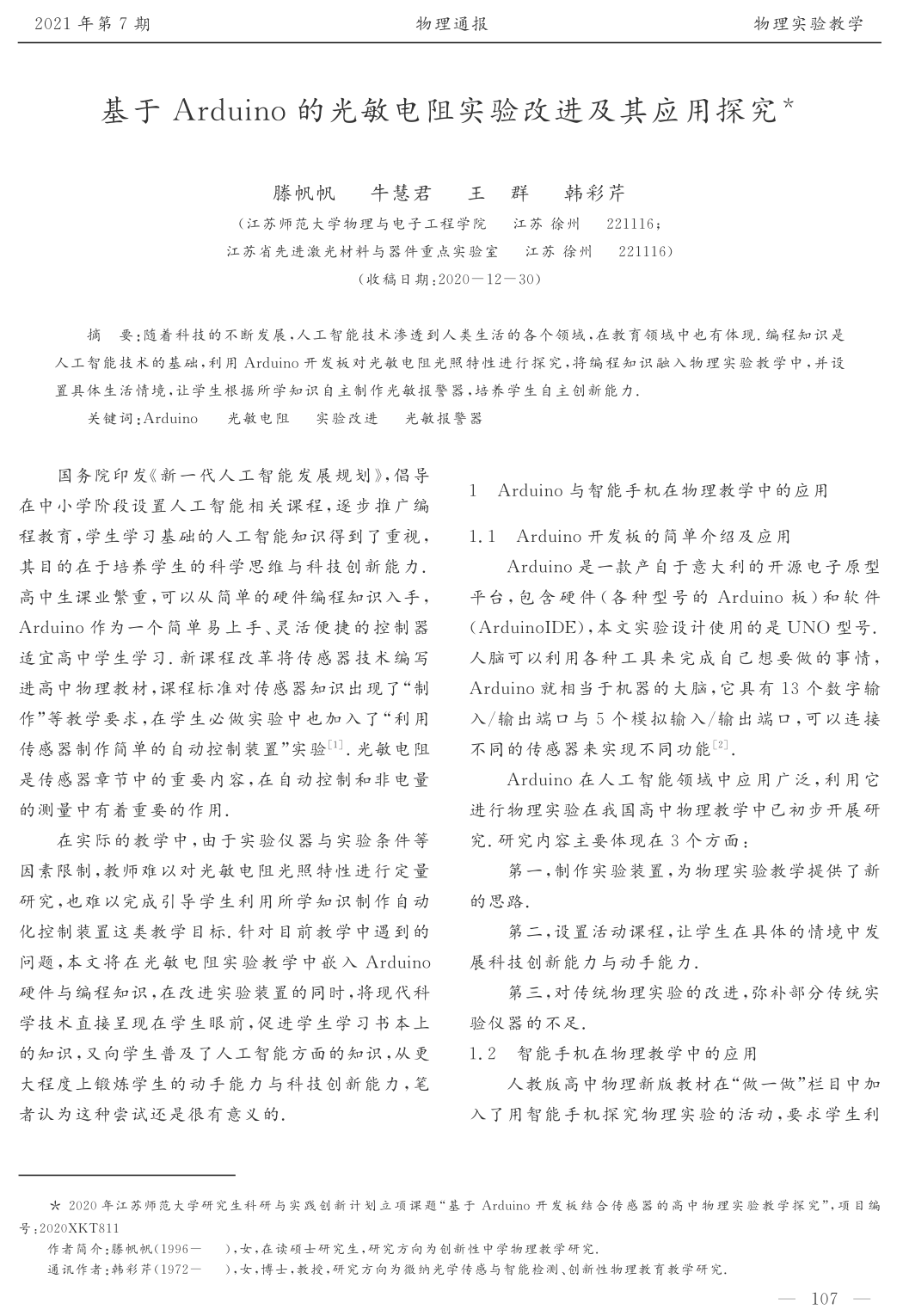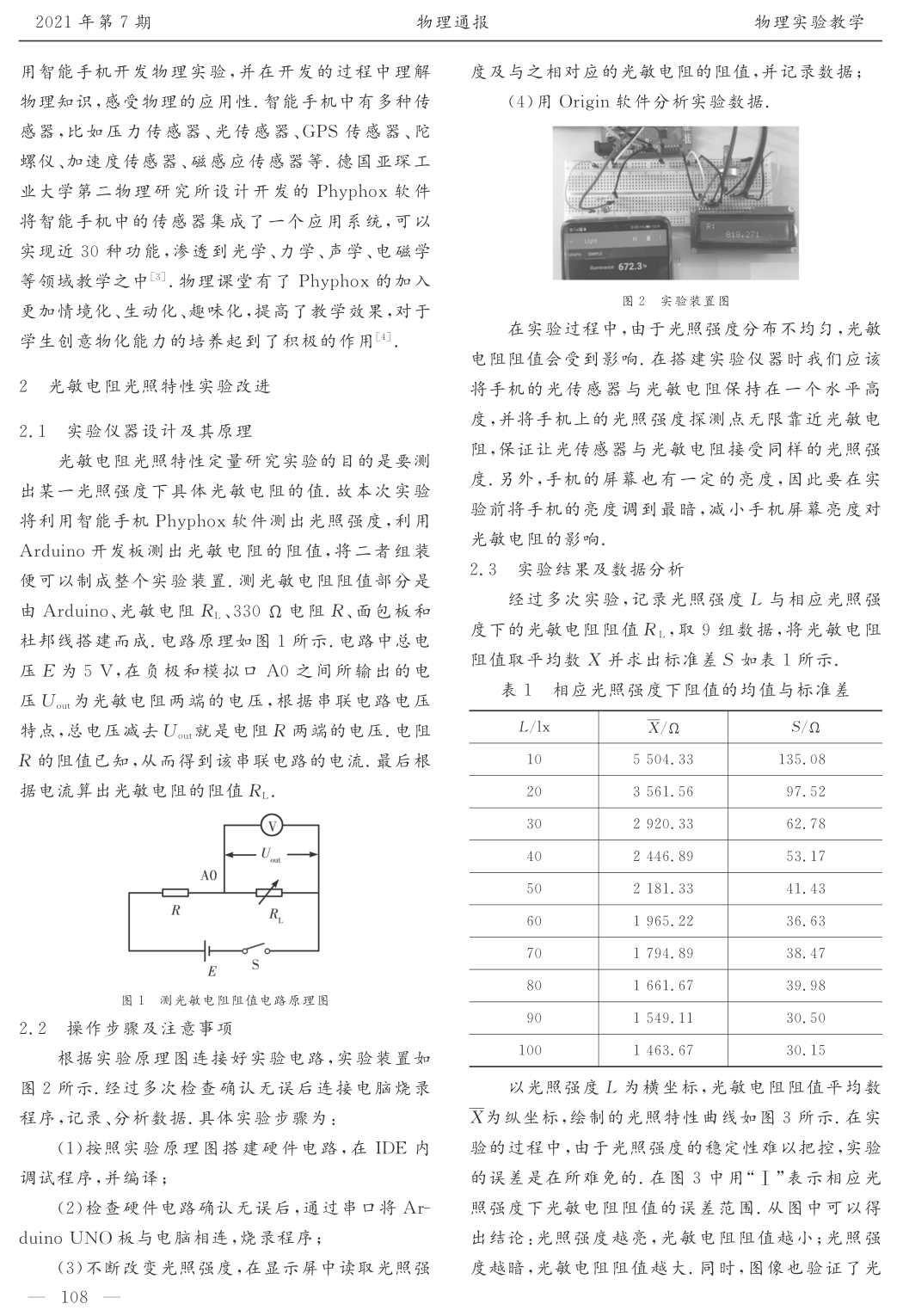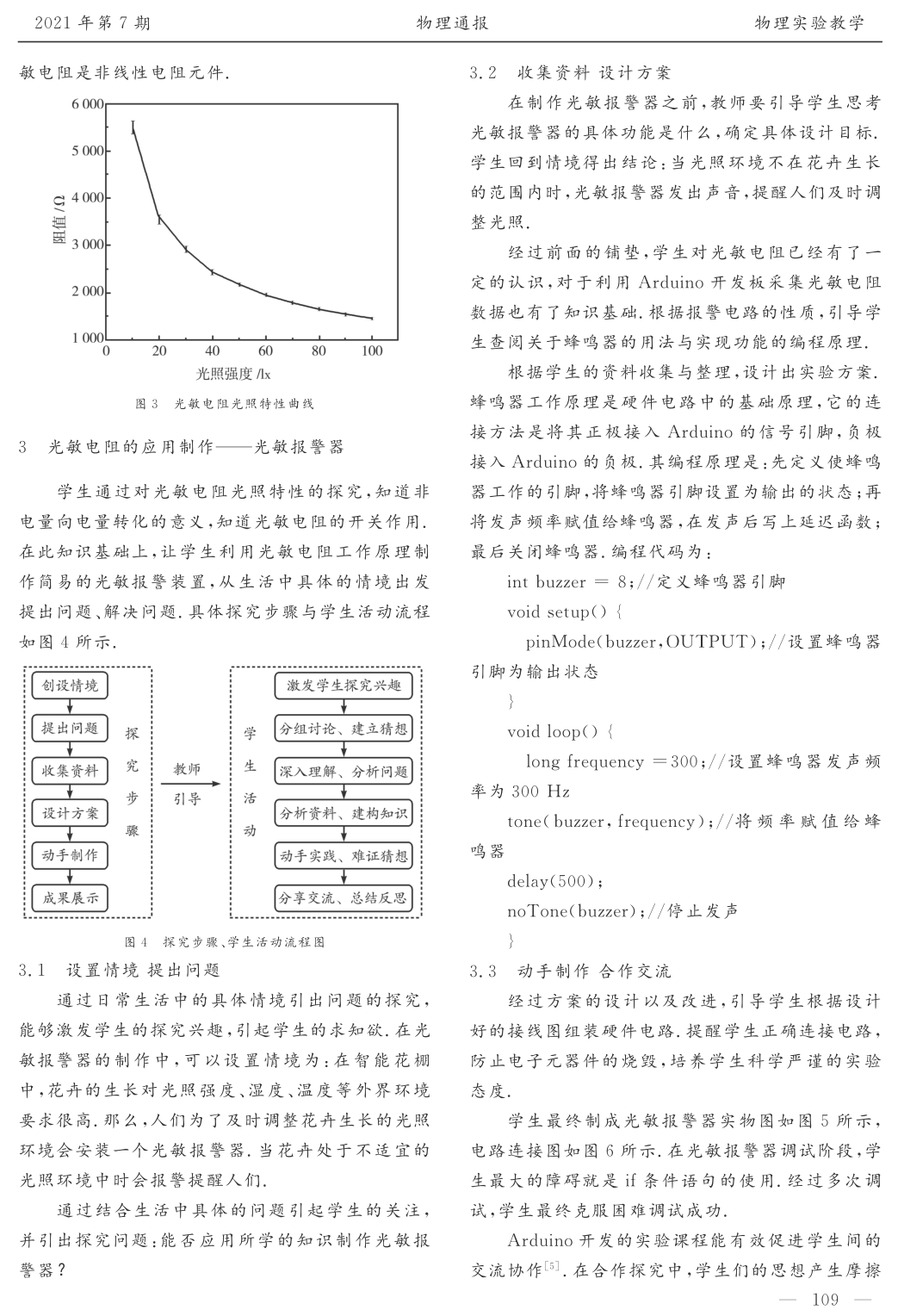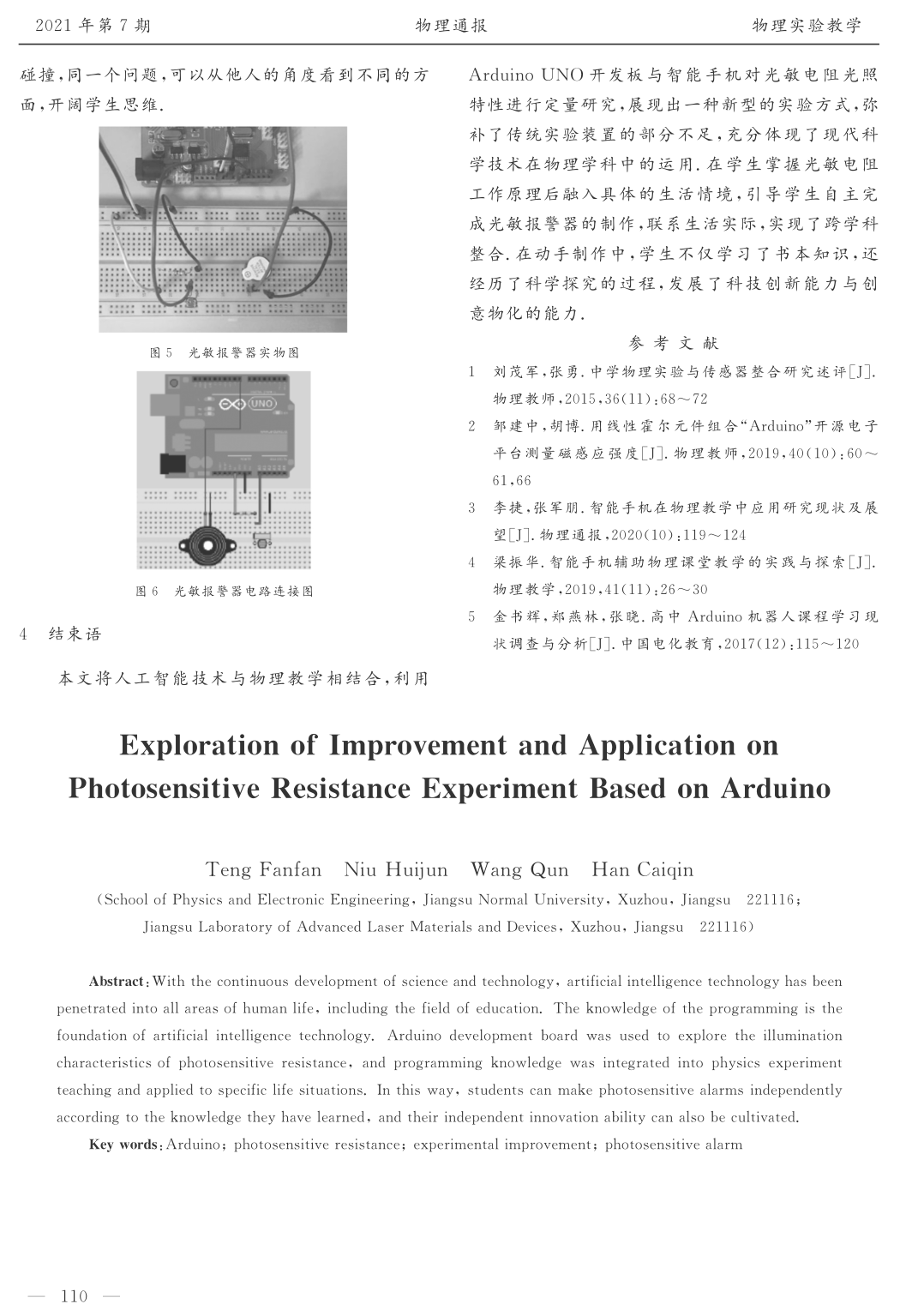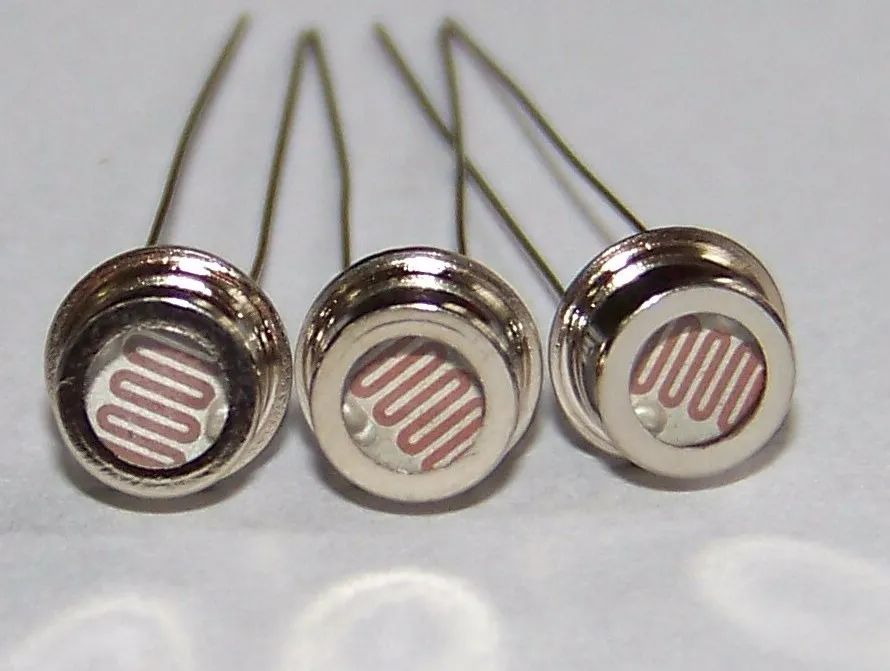
Recently, the author conducted research and found an article titled “Improvements and Applications of Light-Sensitive Resistor Experiments Based on Arduino” published in the July 2021 issue of the journal Physical Bulletin. This paper comes from Jiangsu Normal University and the Jiangsu Provincial Key Laboratory of Advanced Laser Materials and Devices.
Upon studying the paper, it was learned that the authors used an Arduino development board to measure the resistance values of light-sensitive resistors under different lighting conditions, utilizing the light sensor in smartphones through the Phyphox app to measure light intensity. After obtaining a large amount of measurement data, they plotted the relationship between the resistance of the light-sensitive resistor and the light intensity.
It is evident that the authors recognized the significant value of Arduino and Phyphox in physical experiments; however, they lacked understanding of the technological advancements of Phyphox. By utilizing the Bluetooth connection between Arduino and Phyphox, it is possible to automatically acquire the instantaneous values of the light-sensitive resistor and light intensity, greatly enhancing the efficiency of exploratory experiments.
However, the paper indicates that the authors merely used Arduino and Phyphox as instruments for measuring the resistance of the light-sensitive resistor and light intensity, without leveraging the Bluetooth connection between Arduino and Phyphox.
Recently, the author plans to redo this experiment, using ESP32 and Phyphox to automatically plot the relationship between the resistance of the light-sensitive resistor and light intensity.
It is believed that this will be accomplished in no time.
